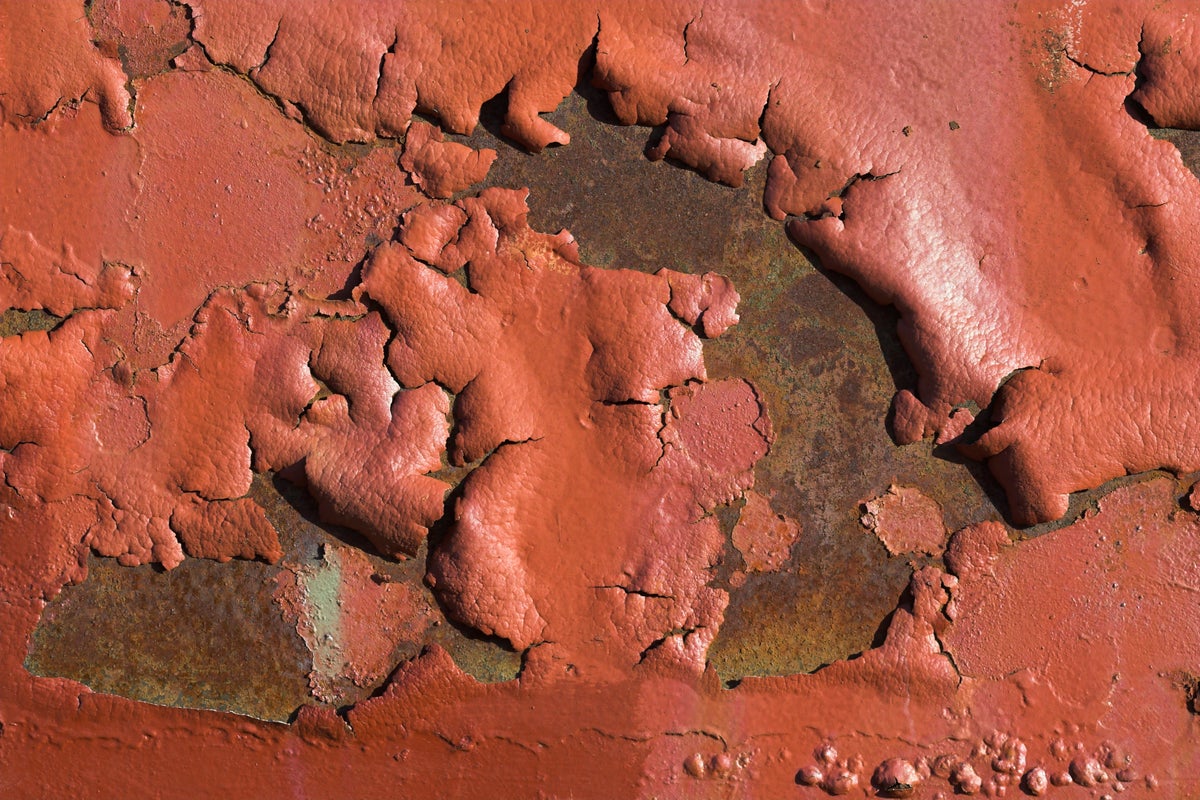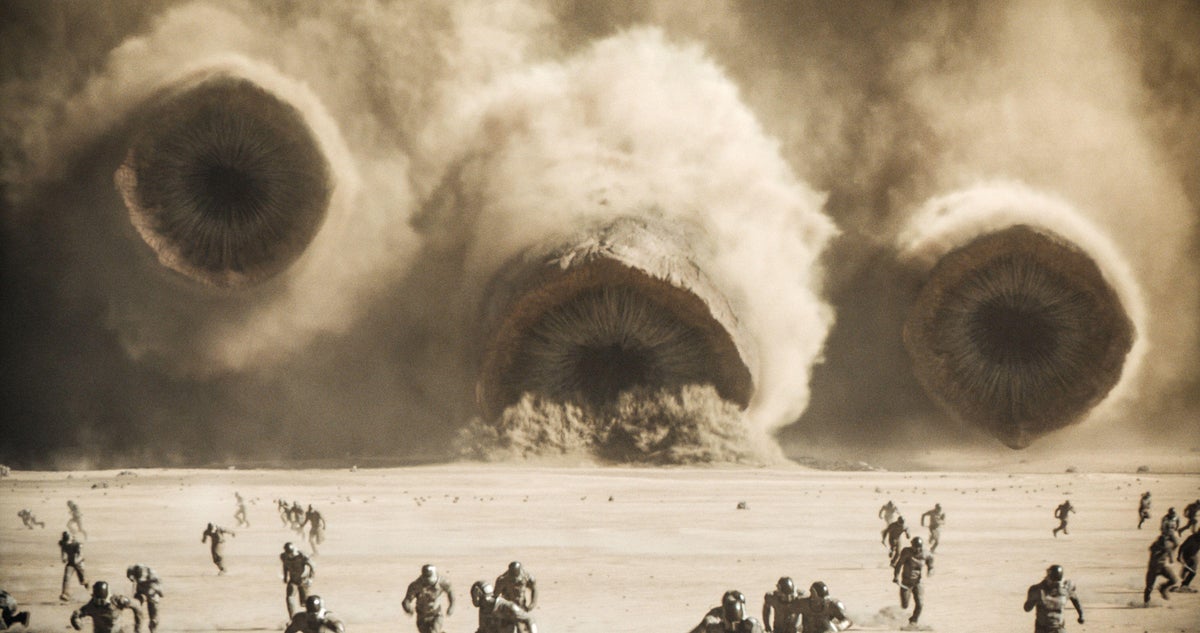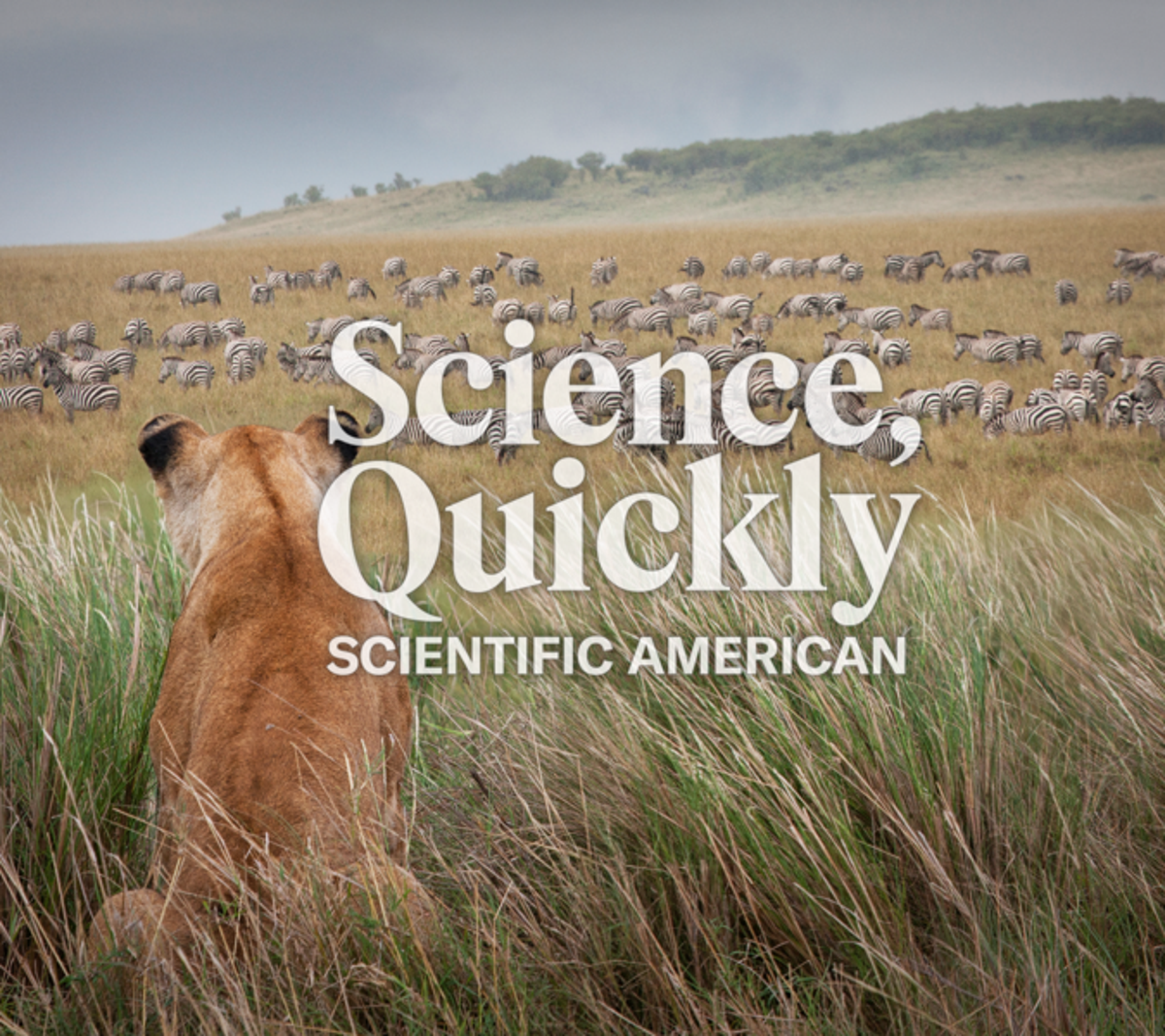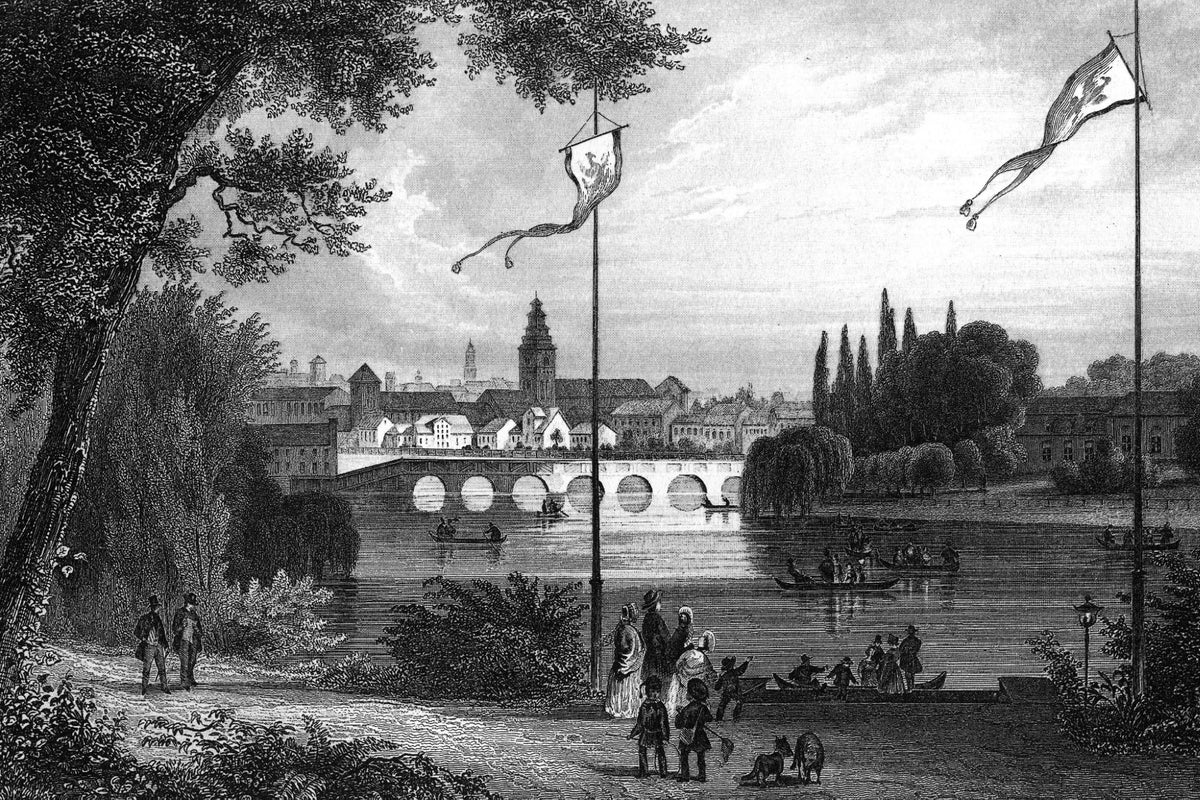The following essay is reprinted with permission from The Conversation, an online publication covering the latest research. Lead is a potent neurotoxin that causes severe health effects such as neurological damage, organ failure and death. Widely used in products such as paint and gasoline until the late 1970s, lead continues to contaminate environments and harm… Continue reading Lead from Old Paint and Pipes Is Still a Deadly Hazard in Millions of U.S. Homes
Tag: Quantum Stuff
Meet the Real-Life Versions of Dune’s Epic Sandworms
Meet the Real-Life Versions of Dune’s Epic Sandworms A Dune-loving worm paleontologist makes the case that worms have been just as important on Earth as they are in the blockbuster film By Julian Nowogrodzki & Nature magazine Sandworms pursue a crowd in this scene from Dune: Part Two. Warner Bros./FlixPix/Alamy Stock Photo The film Dune:… Continue reading Meet the Real-Life Versions of Dune’s Epic Sandworms
These Invasive Ants Are Changing How Lions Hunt
Karen Hopkin: This is Scientific American’s Science Quickly. I’m Karen Hopkin. Hopkin: Why did the lion take down a buffalo instead of a zebra? Because of the big-headed ants! I know, I know. Sounds like a riddle written by a preschooler tripping on Pixie Stix and David Attenborough DVDs. But it’s actually the finding of… Continue reading These Invasive Ants Are Changing How Lions Hunt
Tight-Knit Microbes Live Together to Make a Vital Nutrient
In the radioactive bacteria, Tschitschko and his colleagues detected the Gamma A version of the nitrogenase gene. They were on its trail. However, the gene was located in an exotic genomic environment. When they sequenced the DNA of the Gamma A bacterium, most of its genome was typical of a globally distributed class of bacteria… Continue reading Tight-Knit Microbes Live Together to Make a Vital Nutrient
How the Seven Bridges of Königsberg Spawned New Math
During the 18th century the denizens of the Prussian city of Königsberg wrestled with a puzzle: How could they find a walking path through the city that crossed each of its storied seven bridges exactly once? The bridges spanned a river containing two large islands. No matter how much they strategized their routes, they couldn’t… Continue reading How the Seven Bridges of Königsberg Spawned New Math
‘Sensational’ Proof Delivers New Insights Into Prime Numbers
Sometimes mathematicians try to tackle a problem head on, and sometimes they come at it sideways. That’s especially true when the mathematical stakes are high, as with the Riemann hypothesis, whose solution comes with a $1 million reward from the Clay Mathematics Institute. Its proof would give mathematicians much deeper certainty about how prime numbers… Continue reading ‘Sensational’ Proof Delivers New Insights Into Prime Numbers
People who had tiny plastic particles lodged in a key blood vessel were more likely to experience serious health problems or die during a three-year study
Microplastics Linked to Heart Attack, Stroke and Death People who had tiny plastic particles lodged in a key blood vessel were more likely to experience serious health problems or die during a three-year study By Max Kozlov & Nature magazine Khanchit Khirisutchalual/Getty Images Plastics are just about everywhere — food packaging, tyres, clothes, water pipes.… Continue reading People who had tiny plastic particles lodged in a key blood vessel were more likely to experience serious health problems or die during a three-year study
What Could Explain the Gallium Anomaly?
The gallium anomaly, however, would point toward a lighter-weight sterile neutrino, with the electron neutrinos emitted by the radioactive source sometimes oscillating into a sterile neutrino that wouldn’t interact with the gallium. In some models, lightweight sterile neutrinos could comprise a fraction of the universe’s dark matter, though not all of it because they would… Continue reading What Could Explain the Gallium Anomaly?
What Is Machine Learning? | Quanta Magazine
By now, many people think they know what machine learning is: You “feed” computers a bunch of “training data” so that they “learn” to do things without our having to specify exactly how. But computers aren’t dogs, data isn’t kibble, and that previous sentence has way too many air quotes. What does that stuff really… Continue reading What Is Machine Learning? | Quanta Magazine
How America’s Fastest Swimmers Use Math to Win Gold
Except in my case, it really is a digital twin. It looks like an EKG, going tch, tch, tch, and it’s developed based on the data I’ve captured about an athlete’s movements. I can model how they will race under different conditions. Over the last seven or eight years, I’ve collected thousands of swims from… Continue reading How America’s Fastest Swimmers Use Math to Win Gold




